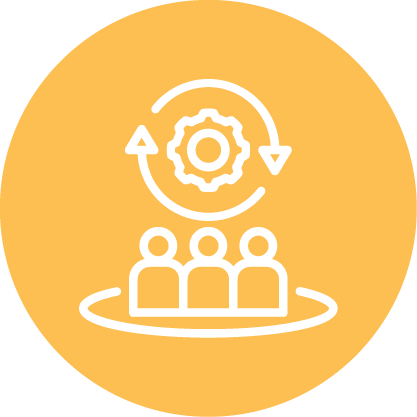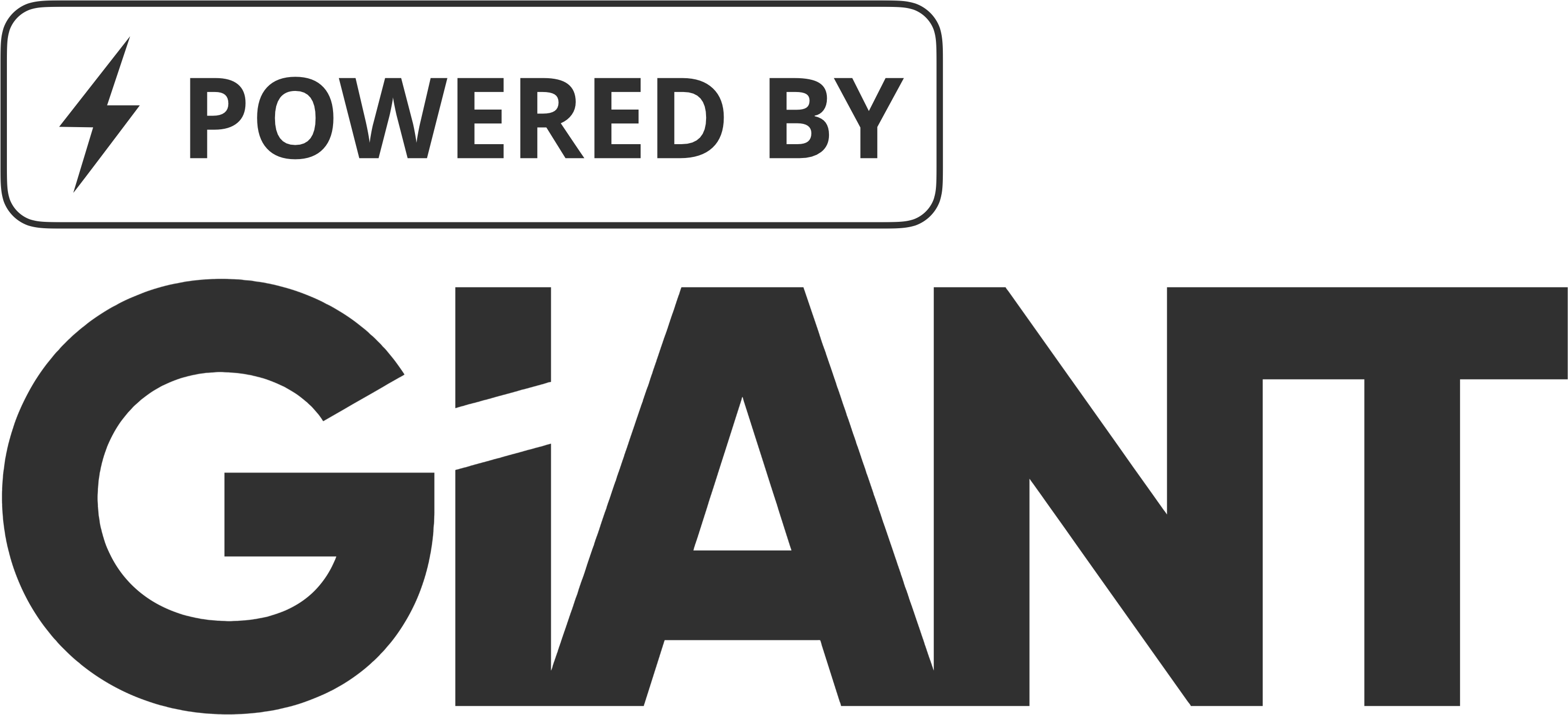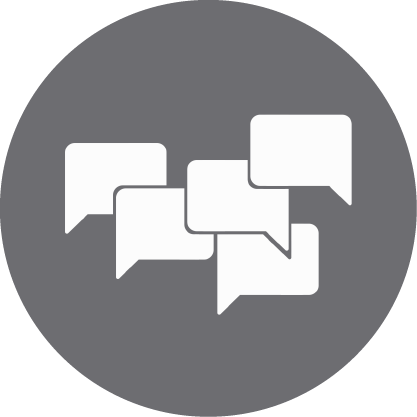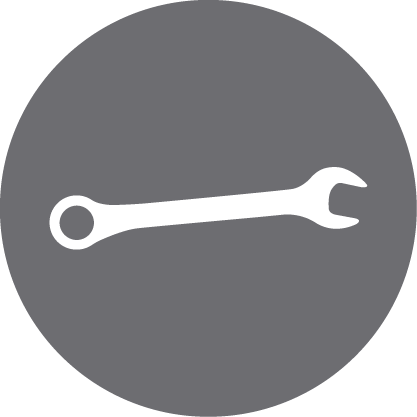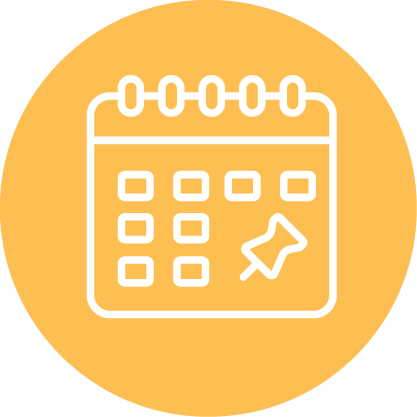Have you ever wondered why some teams achieve seamless collaboration while others struggle with constant misunderstandings and delays? At the heart of every successful organization lies one key factor: effective communication. Whether you’re exchanging information with a colleague, presenting ideas to a team, or interpreting nonverbal cues in a meeting, the way messages are sent and received can directly impact productivity and organizational objectives. Poor communication, on the other hand, can lead to confusion, friction, wasted time, and issues no organization can afford.
In this guide, we’ll explore how refining communication methods can bridge gaps, reduce misunderstandings, and transform you into a valuable member of your team. By understanding the sender and receiver dynamics and identifying ways to eliminate communication gaps, you’ll discover how to foster a more connected, efficient, and productive workplace. So, let’s dive in and unlock the power of communication to achieve greater success together.
The Importance of Effective Communication in the Workplace
In today’s fast-paced and ever-evolving professional environment, communication is the foundation that holds organizations together. But what does “effective communication” truly mean, and why does it matter so much in the workplace? Think about your daily interactions: are your messages always understood as intended? Are you receiving the clarity you need to perform your tasks efficiently?
When communication flows smoothly, it becomes a powerful tool to:
- Align organizational objectives: Clear communication ensures everyone understands the goals and expectations, fostering a sense of purpose and direction.
- Boost productivity and efficiency: When instructions and feedback are precise, tasks get completed faster, with fewer errors or delays.
- Build stronger team connections: Open channels of communication help team members feel heard and valued, which naturally strengthens collaboration.
However, ineffective communication can lead to costly consequences, such as:
- Communication gaps that create unnecessary confusion.
- Misunderstandings that spark friction and frustration among team members.
- Time wastage caused by vague or unclear instructions.
Verbal vs. Non-Verbal Communication
Did you know that communication is not just about words? While verbal communication plays a significant role in conveying ideas, non-verbal cues like body language, facial expressions, and tone of voice often speak volumes. Misaligned verbal and non-verbal communication can easily lead to misunderstandings, so it’s crucial to master both forms to enhance clarity.
Here are a few tips to improve your workplace communication skills:
- Be clear and concise – Simplify your message to avoid overloading the receiver with unnecessary information.
- Adapt your communication style – Tailor your approach based on the person you’re speaking to. Are they more analytical or results-driven?
- Listen actively – Effective communication is a two-way process. Pay attention to what’s being said and ask questions for clarity.
By honing your communication skills, you not only reduce inefficiencies but also position yourself as a valuable team member—someone who can bridge communication gaps and drive better outcomes for the organization.
So, what steps will you take today to improve the way you communicate? The journey toward becoming a more effective communicator starts with small, intentional changes.
How to measure effective communication in the workplace
The Importance of Measuring Communication in the Workplace
Have you ever wondered how effective communication impacts your organization’s success? Whether you’re leading a for-profit company, a non-profit, or even a government entity, how your team communicates can make or break your outcomes. But how can you measure something as intangible as communication?
Let’s start with why it matters. Clear and consistent internal communications don’t just ensure everyone is on the same page they also directly influence productivity, employee engagement, and even the “financial benefits” of your organization. Think of it this way: miscommunication costs money. On the flip side, getting communication right can boost collaboration, reduce turnover, and even improve your bottom line.
So, how do you begin? Consider asking yourself these questions:
– Are your employees aligned with organizational goals?
– Do team members clearly understand their roles and responsibilities?
– Is feedback being shared effectively, and is it acted upon?
Each question highlights a key component of communication impact— an impact you can track with the right tools and methods. For instance, companies like “Cerkl” provide platforms that allow you to assess and optimize internal communication strategies through valuable insights and innovations tailored to your organization type.
By measuring communication’s effectiveness, you can not only identify areas for improvement but also demonstrate its ROI, a metric that is especially important when justifying investments in new tools or training programs.
Stay tuned as we dive deeper into the specific methods, tools, and strategies that can help you unlock the full potential of your team’s communication. After all, isn’t it time to ensure your message is heard and understood?
Key Indicators of Effective Communication
What does effective communication actually look like in your workplace? If you’re unsure, you’re not alone. Many organizations struggle to pinpoint exactly how to evaluate their internal communications, but there are clear indicators that can help you identify whether your efforts are paying off.
Here are some signs your communication strategy is working:
1. Clarity and Understanding Across Teams
– Do your employees understand their tasks without constant clarification?
– Are instructions clear and concise, minimizing room for error?
When communication is effective, everyone is on the same page. This ensures smoother workflows and fewer delays.
2. Timely and Relevant Information Sharing
– Are updates shared promptly with the right people?
– Is critical information readily available when it’s needed?
Timely communication can prevent missteps and keep projects moving forward efficiently.
3. Alignment Between Goals and Actions
– Are employees’ actions aligned with the organization’s overall objectives?
– Do team efforts contribute directly to measurable outcomes, like achieving financial benefits?
This alignment shows that communication isn’t just happening—it’s driving real progress.
4. Feedback Loops and Responsiveness
– Are team members encouraged to share feedback?
– Is leadership responsive to employee concerns?
Open communication fosters a culture where ideas and insights flow freely, creating opportunities for innovation.
By focusing on these indicators, you can measure the true impact of your internal communications. Organizations that succeed in this area often use tools like ROI calculators to tie their communication efforts to tangible benefits, ensuring they stay on track.
Methods to Assess Workplace Communication
Now that we’ve covered what to look for, let’s explore how you can actually measure communication effectiveness. The good news? There are a variety of simple and practical methods to get started.
- Employee Surveys and Feedback Forms
– Anonymous surveys can reveal honest insights into how your team feels about workplace communication.
– Include targeted questions to measure the clarity of internal communications or whether updates are being received on time.
- Observation of Team Interactions
– Pay close attention during meetings and collaborative sessions.
– Are ideas flowing freely? Is everyone participating, or are there communication bottlenecks?
- Performance Reviews and One-on-Ones
– These are perfect opportunities to discuss how communication impacts individual performance.
– Ask employees how you can improve information sharing to support their roles better.
- Analytics from Digital Tools
– Platforms like “Cerkl” can provide data on open rates for internal emails, engagement with team updates, and more.
– Use these insights to adjust your communication strategy where needed.
Combining these methods allows you to gather qualitative and quantitative data to paint a full picture of your organization’s communication health.
Tools and Techniques for Tracking Communication
Let’s be honest manually tracking communication metrics can be overwhelming. That’s why leveraging the right tools can make all the difference. Here’s a look at some options that can streamline the process:
1. Collaboration Platforms
Tools like Slack or Microsoft Teams can help you track message responsiveness, project updates, and team collaboration trends.
2. Internal Communication Platforms
Platforms like “Cerkl” provide detailed analytics, allowing you to monitor engagement levels and optimize your strategy.
3. Pulse Surveys
These quick, frequent surveys can help you capture real-time feedback and measure improvements over time.
4. ROI Calculators
Want to demonstrate the value of your communication efforts? ROI calculators can show how your strategy contributes to measurable outcomes, whether it’s improved productivity or higher employee retention.
By using these tools effectively, you can save time and gain valuable insights into how your team communicates.
Addressing Communication Gaps
Identifying communication gaps is the first step but how do you fix them? It starts by understanding the root cause and then taking intentional steps to address it.
- Common Barriers to Communication
– Lack of clarity in messages.
– Outdated methods of sharing updates.
– Hesitation from employees to provide honest feedback.
- Strategies for Bridging the Gaps
– Implement regular training sessions to improve communication skills across teams.
– Create an open-door policy where employees feel comfortable sharing ideas and concerns.
– Leverage technology to ensure updates are timely, accessible, and relevant.
- The Role of Innovation
Innovations in communication tools, such as automated updates or real-time collaboration platforms, can transform how teams connect and work together.
By addressing these gaps head-on, you can create a workplace environment where communication flows seamlessly.
Best Practices for Continuous Improvement
Communication isn’t a “set it and forget it” kind of effort—it requires ongoing evaluation and adjustment. Here are some best practices to keep your strategy effective:
- Set Clear Goals
Define what effective communication looks like for your organization. Are you aiming to improve employee engagement? Increase the speed of updates? Use these goals to guide your efforts.
- Encourage Feedback
Regularly ask employees for their thoughts on communication. Whether through pulse surveys or team meetings, their insights can uncover areas for growth.
- Recognize Success
Celebrate milestones achieved through improved communication. This boosts morale and reinforces the importance of keeping everyone aligned.
- Stay Updated
Communication tools and strategies are always evolving. Keep an eye on innovations that can enhance how your team connects and collaborates.
By following these practices, you’ll foster a culture of continuous improvement, ensuring your organization remains agile and connected. Isn’t it time to take your communication strategy to the next level?
Measuring Communication: A Gateway to Organizational Success
As you reflect on your workplace communication strategies, ask yourself: Are you truly harnessing the power of clear and effective communication? Getting caught up in the day-to-day is easy, but pausing to measure your communication’s impact can yield incredible rewards.
Think about the financial benefits that come from improving collaboration and alignment across your teams. Whether you’re a non-profit, for-profit, or government organization, communication is the lifeline of success. And the good news? Tools like ROI calculators and insights from platforms such as “Cerkl” can make tracking and optimizing your communication efforts easier than ever.
Remember, this isn’t a one-time task. Communication evolves with your organization. Regularly check in with your team as you introduce new processes or technologies. How do they feel about the flow of updates? Are your methods resonating with them, or could they use a refresh?
At the end of the day, measuring and improving communication isn’t just about better workflows. It’s about creating a workplace where innovation thrives, employees feel valued, and goals are consistently achieved.
So, where will you begin? Will you conduct an internal survey? Explore a new communication platform? Or perhaps build a strategy that ensures clarity and alignment across the board? The next step is yours, and with the right tools and mindset, you can transform your workplace communication into a cornerstone of your organization’s success.
It’s time to act. Are you ready to leap?









